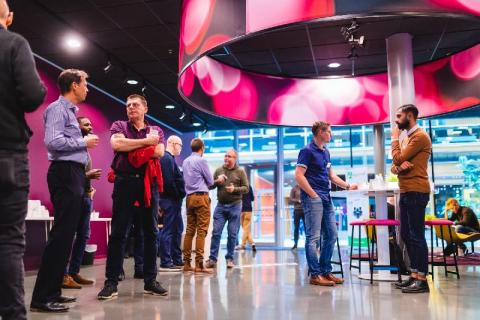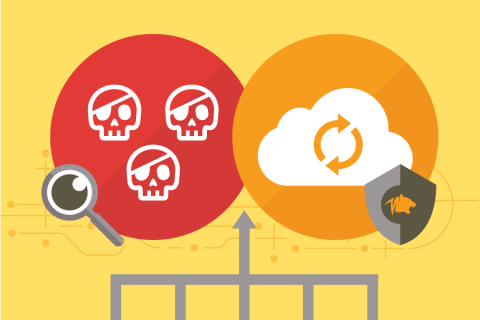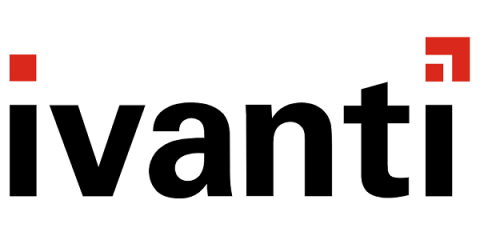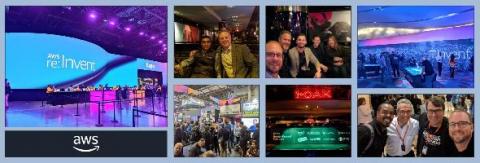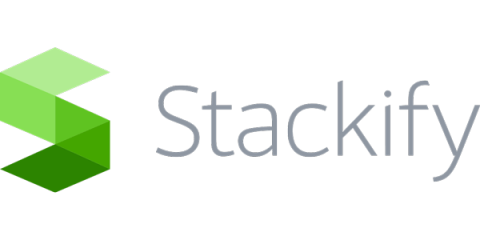Operations | Monitoring | ITSM | DevOps | Cloud
Blog
How to Use Broadway in Your Elixir Application
In today’s post, we will be covering the Elixir library named Broadway. This library is maintained by the kind folks at Plataformatec and allows us to create highly concurrent data processing pipelines with relative ease. After an overview of how Broadway works and when to use it, we’ll dive into a sample project where we’ll leverage Broadway to fetch temperature data from https://openweathermap.org/ in order to find the coldest city on earth.
Five Ways to Quickly Uncover Malicious Activity and Protect Your Kubernetes Workloads
Organizations are rapidly moving more and more mission-critical applications to Kubernetes (K8s) and the cloud to reduce costs, achieve faster deployment times, and improve operational efficiencies, but are struggling to achieve a strong security posture because of their inability to apply conventional security practices in the cloud environment. Commitment to cloud security grows, but security safeguards are not keeping up with the increased use of the various cloud platforms.
Did You Feel the Tremors? The DevOps Landscape is Shifting.
In recent weeks, some of the most recognizable companies in the DevOps space have had their foundations rattled, perhaps shaking developer confidence. The acquisition of Docker Enterprise by Mirantis, the acquisition of Sonatype (Nexus) by a capital firm and the open-sourcing of Quay by Red Hat leave many development shops wondering what will happen next with their strategic tool choices.
Software Asset Management: It's More than Audit and Compliance
Most people, when they think about Software Asset Management (SAM) (and, let’s be honest, most people try to avoid thinking about it at all), they think about minimizing disruption and cost of audits and ensuring that the organization remains in a compliant state to avoid heavy fines from their vendors. To be fair to these people, that is what a large part of SAM is—ensuring that the organization is paying appropriately for the products they use to avoid costly audits or legal battles.
Lynis security: monitoring a specialized computer suite
But does this mean that Pandora FMS is also into Lynis security? Well, its specialty is different… but yes, of course, it reaches everything covered by monitoring. In fact, flexibility is inherent to its name: FMS means Flexible Monitoring System and it is a tool with which you can save yourself many headaches, as well as tailor it to your needs!
From "Secondary Storage" To Just "Storage": A Tale of Lambdas, LZ4, and Garbage Collection
When we introduced Secondary Storage two years ago, it was a deliberate compromise between economy and performance. Compared to Honeycomb’s primary NVMe storage attached to dedicated servers, secondary storage let customers keep more data for less money. They could query over longer time ranges, but with a substantial performance penalty; queries which used secondary storage took many times longer to run than those which didn’t.
AWS Offers Deployment Flexibility, Machine Learning Scale, and Cloud Native Innovation at 2019 re:Invent
The 2019 AWS annual user conference, re:Invent, didn’t disappoint, with several intriguing announcements from the cloud giant. There was ample focus on Compute, with AWS Outposts and the new Graviton computing instances incorporating the ARM processing framework. There was also a renewed focus on AI and machine learning, as one would expect. Here’s my take on what this year’s show means for people working in IT operations and DevOps:
Why AIOps Has Become the Missing Link to Taming Network Infrastructures
December 12, 2019 It’s a perfect storm: infrastructure silos, increasing volumes of data, growing hybrid infrastructures, and mounting anomalies can bring down enterprise applications, or at least compromise availability or performance. These forces in combination have already outstripped the human capacity and intuition to solve infrastructure issues – which may occur routinely or unpredictably.
How to Fix the HTTP 503 Service Unavailable Error in WordPress
Running into errors on your WordPress website is often daunting. Most errors offer some clue as to what caused them, making it easier to troubleshoot. Unfortunately, the 503 Error isn’t as simple and doesn’t offer the same information. The 503 Error in WordPress signifies your website cannot be reached as a result of the associated server being inaccessible. This occurs as a result of the server being too busy or under maintenance.


